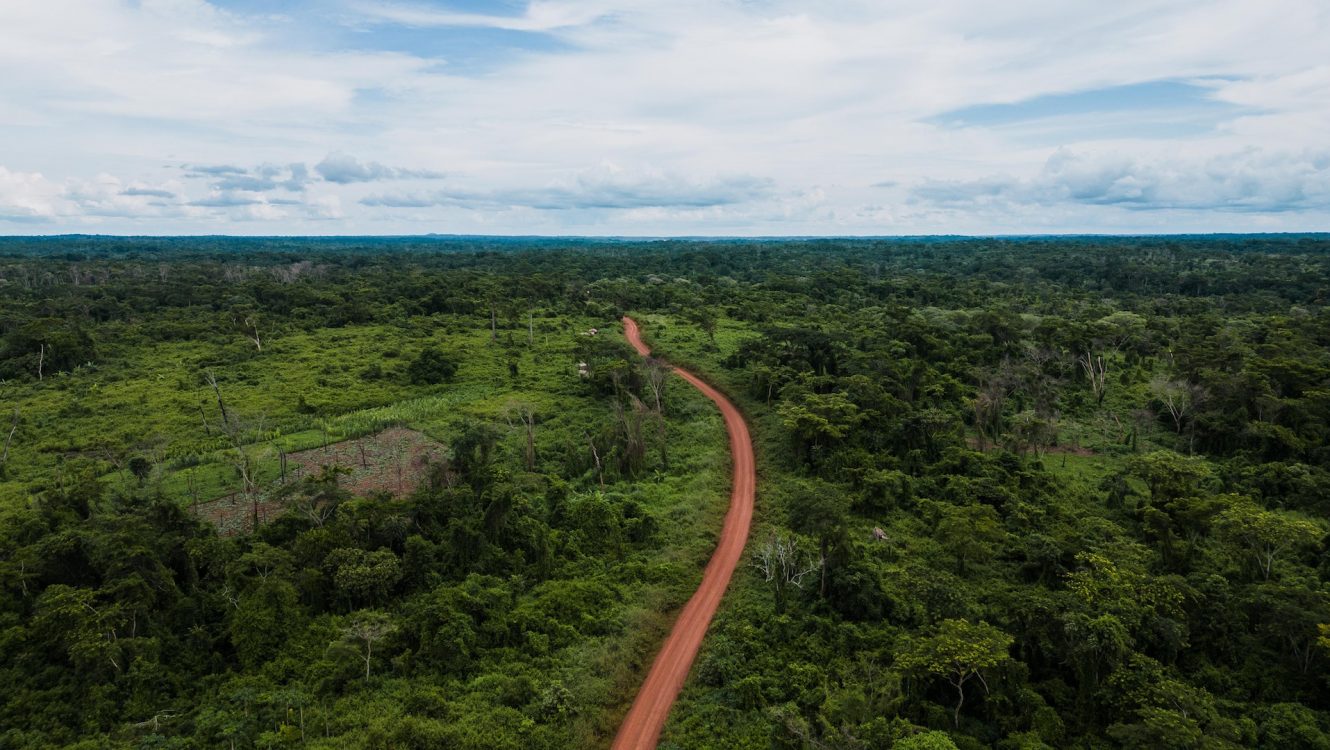Harnessing the Midnight Sun: Arctic’s Green Energy Ambition with Solar Panels
LONGYEARBYEN, Svalbard – In a pioneering venture, Norway has unveiled the world’s northernmost solar panel installation in the Svalbard archipelago. This ambitious move comes despite the region’s perpetual darkness during the winter months. The pilot project shines a beacon of hope, highlighting the potential for remote Arctic communities to transition towards renewable energy.
A Solar Oasis Amidst the Ice
Glistening under the Arctic sun, 360 neatly arranged solar panels sprawl across a field, set to power the Isfjord Radio. Once a shipping radio station, it now serves as a base camp for intrepid tourists exploring the Arctic wilderness. This isolated region, roughly 1,300 kilometres from the North Pole, is a testament to mankind’s resilience, accessible only sporadically via boat or helicopter.
According to Mons Ole Sellevold, a technical advisor at Store Norske, “It’s the first time anyone has done it at this scale in the Arctic.” His statement underlines the groundbreaking nature of this endeavor.
The Midnight Sun’s Solar Potential
Besides the ground-mounted panels, an additional 100 solar panels have been integrated atop the radio station, previously dependent on diesel generators for power. With these installations, the expectation is to cater to approximately half of Isfjord Radio’s electricity requirements, making a significant dent in its carbon footprint.
Summer in the Arctic offers a unique advantage: the “midnight sun”, which continuously bathes the region in sunlight. These solar panels are further optimized by the “albedo” effect, where snow and ice reflect sunlight, enhancing the energy harvest. Additionally, the cold temperatures prevalent in the Arctic region can boost solar panel efficiency.
However, the perpetual winter darkness from October to February remains a challenge. It necessitates the need for supplemental energy sources, ensuring Isfjord Radio’s operations remain uninterrupted.
Beyond Solar: An Arctic Green Revolution
The quest for clean energy doesn’t stop at solar. Store Norske, recognizing the limitations of solar power in the Arctic winter, is also exploring other sustainable options like wind farms to ensure a comprehensive green energy solution for the region.
Sellevold highlights the dual motivation behind this ambitious move – environmental consciousness and economic practicality. The prohibitive cost of diesel, coupled with its environmental implications, juxtaposed against the low-maintenance and reliability of solar panels, makes a compelling case for this transition.
The overarching goal is to evolve Isfjord Radio into a prototype for renewable energy solutions, suitable for deployment across the Arctic. Sellevold envisions replicating this model for the approximately 1,500 Arctic sites or communities currently reliant on non-renewable energy sources.

Green energy is our future
Arctic Warming: A Global Alarm Bell
The Arctic’s rapid warming serves as a grim reminder of the escalating climate crisis. Recent studies have revealed that over the past four decades, the Arctic has experienced a temperature surge, almost quadruple that of the global average. This alarming trend has exacerbated ice melt rates and wreaked havoc on delicate ecosystems.
Such drastic climatic shifts in the Arctic reverberate globally. Rising sea levels and extreme weather patterns threaten both Arctic inhabitants and populations worldwide.
Conclusion
The Svalbard solar installation is a bold step towards marrying innovation with sustainability. As the Arctic confronts unprecedented environmental challenges, projects like these offer a glimmer of hope. Harnessing the power of the midnight sun is not just about energy; it symbolizes mankind’s indefatigable spirit to adapt, innovate, and protect our planet.
©globalgreenhouse.eu









